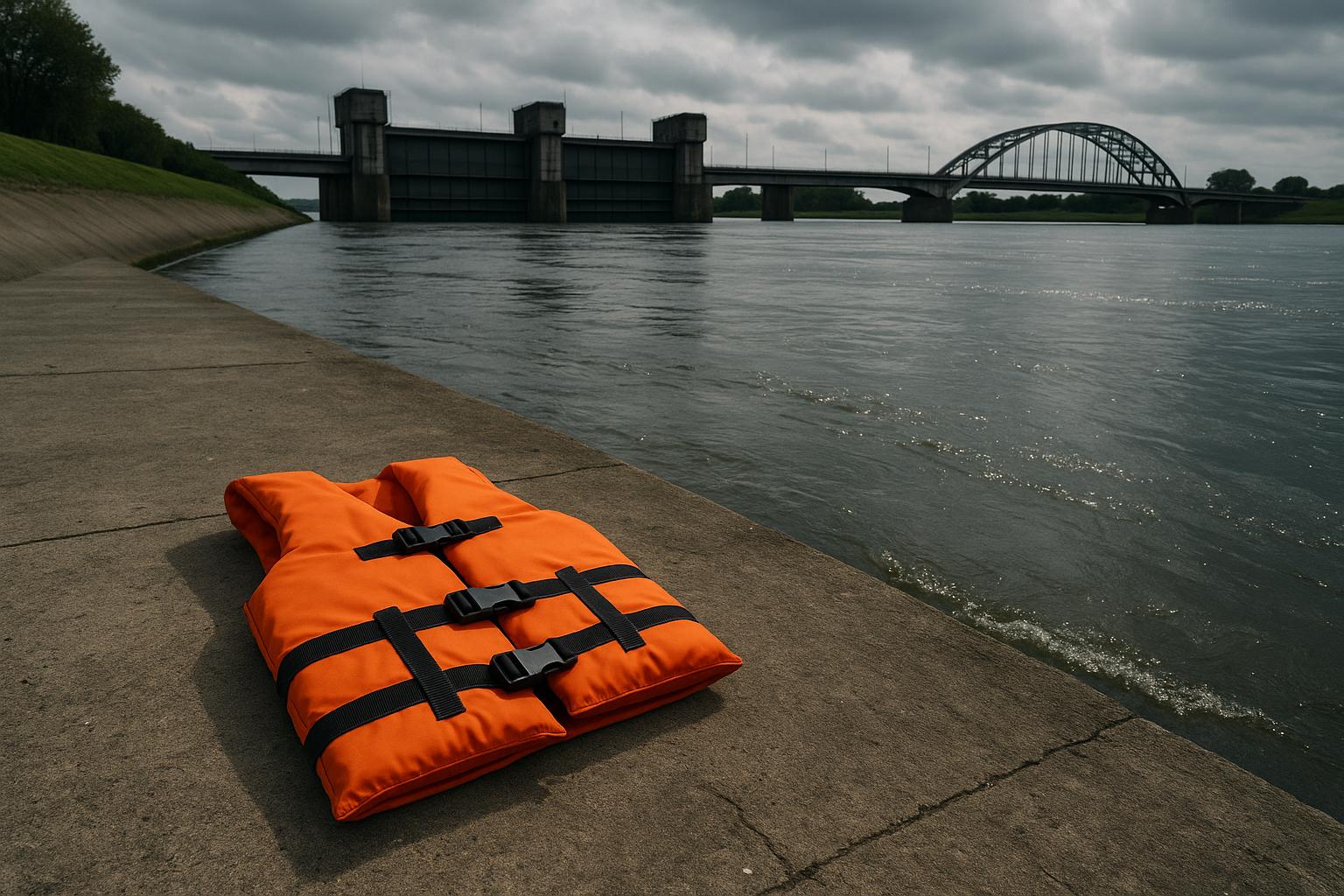Civil engineering has a profound and often unseen impact on public safety, shaping the infrastructure that protects and sustains millions of lives daily. From confronting public health crises in sprawling cities to safeguarding maritime navigation and enabling rapid military logistics, civil engineers have repeatedly delivered life-saving solutions through innovative design and resilient construction.
One of the most iconic examples dates back to 19th-century London, during the infamous Great Stink of 1858. The River Thames had become heavily polluted with human waste, posing a dire threat to public health as waterborne diseases like cholera and typhoid surged. The crisis compelled the Metropolitan Board of Works to commission chief engineer Sir Joseph Bazalgette to devise a comprehensive sewerage system. His design featured 82 miles of brick-lined intercepting sewers and over 1,100 miles of street sewers, with new embankments to contain the flow. Bazalgette’s commitment to durability—using Portland cement and oversized tunnels—ensured that the infrastructure could support a growing population far beyond its initial design capacity of four million. The original sewer system played a pivotal role in dramatically reducing disease outbreaks and remains a backbone for London’s sanitation. More recently, this legacy infrastructure has been supplemented by the Thames Tideway Tunnel, a modern super sewer system designed to accommodate today’s population exceeding nine million and to safeguard against similar environmental and health threats. The city’s network of 34 wastewater treatment plants further enhances resilience, employing advanced biological processes to neutralise pathogens and prevent outbreaks akin to those of the 19th century.
Civil engineering’s lifesaving reach extends far beyond urban sanitation. Lighthouses, critical for maritime safety since ancient times, were revolutionised in the early 19th century by the invention of the Fresnel lens. Developed by French physicist and engineer Augustin-Jean Fresnel, this lens concentrated and amplified light into an intense beam visible up to 20 miles out to sea. The Cordouan Lighthouse in France was the first to be fitted with this technology in 1823. This breakthrough doubled the illuminating range compared to previous fire-based methods, safeguarding countless ships from peril along treacherous coasts. The Cordouan has since been modernised and fully automated but remains an enduring symbol of maritime safety, recognised as a UNESCO World Heritage Site.
In different theatres of life-saving engineering, the Bailey bridge stands out as an ingenious wartime and humanitarian achievement. Created by Yorkshire civil engineer Donald Bailey during World War II, these truss bridges could be rapidly assembled by soldiers with minimal equipment, facilitating the swift movement of troops and heavy tanks across rivers and destroyed roads. Their modular design allowed easy disassembly and redeployment, proving crucial to Allied advances, including the notable construction of the ‘Black Friars bridge’ over the Rhine. With around 70,000 panels manufactured during the war alone, Bailey bridges symbolised adaptability and speed. Their legacy endures in peace times as well: Bailey bridges have provided critical crossings in disaster-stricken regions like Mali, where they replaced hazardous boat crossings, and in aid missions such as post-earthquake Kashmir, illustrating the continued humanitarian value of robust civil engineering solutions.
Beyond infrastructure and transport, civil engineers play key roles in mitigating natural disasters and building resilient structures that safeguard communities against increasingly frequent extreme weather and seismic events. Experts like Joshua Macabuag, a disaster-risk engineer and volunteer with Search and Rescue Assistance in Disasters (SARAID), apply engineering expertise to analyse building vulnerability and support rescue operations in collapsed structures. This blend of technical assessment and hands-on rescue work underscores how civil engineers extend their life-saving impact across disaster cycles—from preparedness and mitigation to emergency response.
Modern resilient design principles are embodied in some of London’s architectural landmarks. The Shard skyscraper, with its reinforced concrete core and flexible steel frame, can better absorb seismic activity, while the London Eye observation wheel employs advanced structural analysis and flexible connections to withstand strong winds and ground movement. These designs reflect a global advance in earthquake- and climate-resilient construction, addressing the growing imperative of climate adaptation.
Civil engineering’s contribution also became highly visible during the Covid-19 pandemic, when the rapid construction of NHS Nightingale Hospitals showcased engineers’ ability to respond swiftly to urgent healthcare needs. Major Angela Laycock and her military engineer team facilitated fast-track assessments and construction, enabling these temporary hospitals to provide critical care capacity during national health emergencies. These efforts are complemented by teaching hospitals like Dundee’s Ninewells, which combine advanced infrastructure with pioneering medical research and treatments, contributing directly to life-saving healthcare innovation.
Transportation infrastructure, engineered with safety as a priority, further underlines how civil engineering protects lives. Britain’s pioneering of the modern roundabout has significantly reduced fatal crashes, incorporating optimal geometry and pedestrian refuges to enhance safety. On the railways, Network Rail’s adoption of AI-driven bridge monitoring systems prevents accidents by detecting structural issues early. Additionally, Transport for London’s dynamic traffic management system proved vital during incidents like the 2017 London Bridge terror attack by facilitating rapid emergency response while controlling civilian movement into danger zones.
Together, these examples reveal civil engineering as a fundamental force in not only shaping modern life but also in preserving it. The discipline’s innovations—from Victorian-era sewers to cutting-edge disaster mitigation and emergency hospital construction—illustrate a persistent commitment to safeguarding public health and safety amid evolving challenges.
📌 Reference Map:
- Paragraph 1 – [1], [2]
- Paragraph 2 – [1], [2]
- Paragraph 3 – [1], [3], [4], [5], [6], [7]
- Paragraph 4 – [1]
- Paragraph 5 – [1]
- Paragraph 6 – [1]
- Paragraph 7 – [1]
Source: Noah Wire Services
